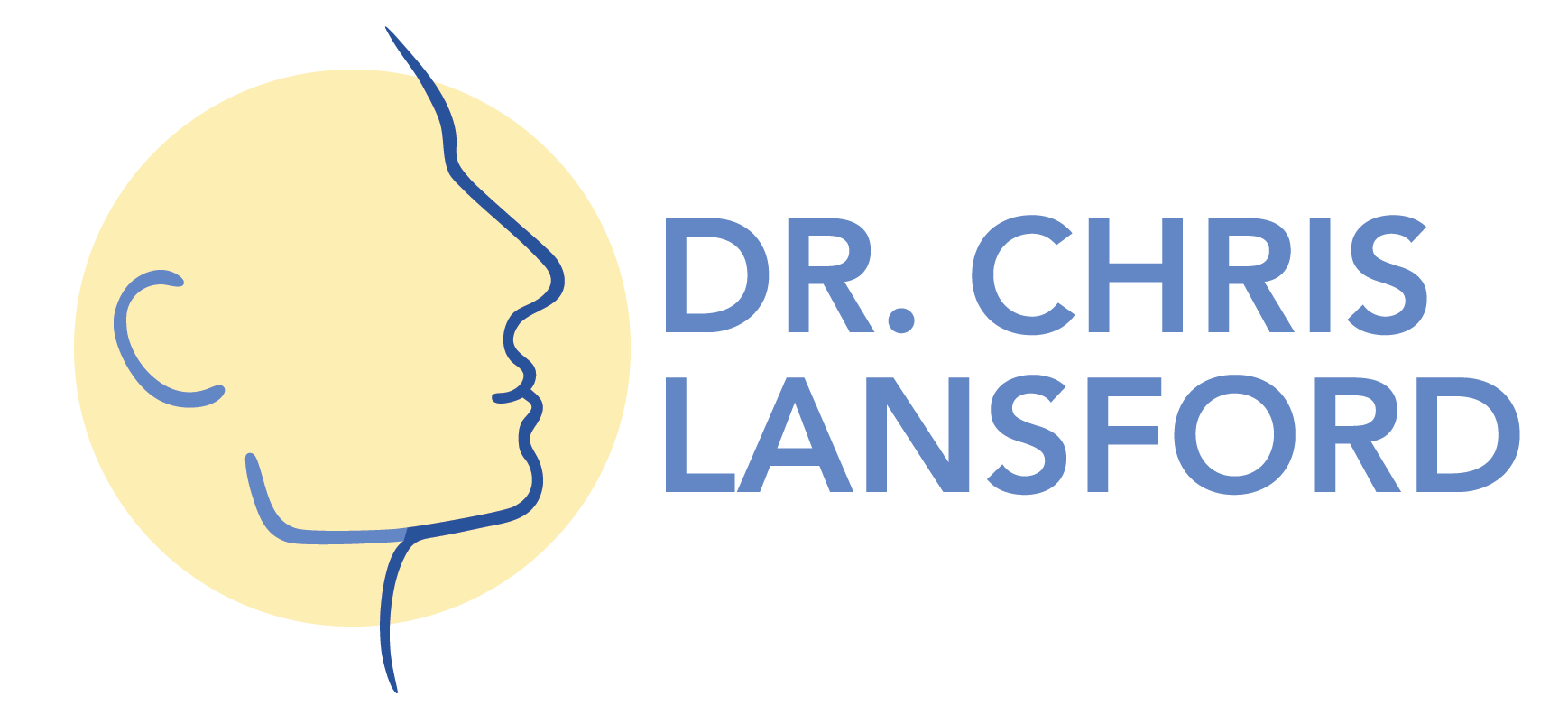Prevention of a Nosebleed (Epistaxis)
The following is my usual recommendation to my patients. Keep in mind that this page is not medical advice, but rather information that may supplement your understanding. Always seek the advice of your doctor. Call 9-1-1 in case of an emergency. Patients who recently underwent rhinoplasty or other nose surgery with splints or packs in the nose should follow their surgeon’s advice.
Prevention of a nosebleed is based on addressing the multiple causes of a nosebleed, including:
Managing “thin blood”
Avoiding trauma
Avoiding a dry nose
Avoiding high blood pressure
Possibly brief use of a decongestant nasal spray
See also this nosebleed FAQ for patients.
Medical professionals may wish to see these resources for epistaxis management.
Managing “thin blood”
For each individual, a balance must be struck between the risk of clotting and the risk of bleeding. Each may be dangerous, and the prescribing physician incorporates specific conditions of one’s health history into a recommendation. When severe or recurrent nosebleeds occur, sometimes the assessment of bleeding risk is adjusted, leading to a different medication regimen. This requires a discussion with the prescribing physician.
Some medications may “thin” blood as a side effect rather than the intended effect. Non-steroidal anti-inflammatory drugs (such as ibuprofen, aspirin, Motrin®, Aleve®, etc.) are often used to treat pain, but also promote bleeding. Substitution of a different pain reliever (such as Tylenol®) may help manage pain without thinning the blood.
Various innate conditions predisposing to bleeding, like hemophilia, low platelet count, von Willebrand disease, among others, may require focused management during a period of increased bleeding risk.
Avoid contact within the nose.
AVOIDING TRAUMA
The nasal lining is easily abraded, and trauma from even light contact with a finger or tissue should be avoided. After a nosebleed stops, a clot forms on the surface lining in the nose and healing of the tissues begins. It may take two weeks for the nasal lining to heal. Until healing is complete, the clot may become dry, crusty, and itchy, tempting an individual to manually remove it. Doing so only re-opens the wound, leading to another nosebleed and essentially restarting the clock on the healing process.
The most common cause of nosebleed in children is finger trauma. Teaching a child not to manipulate his or her nose can be challenging but is often the most essential step in breaking a cycle of nosebleeds.
If one is to use an ointment or gel within the nose to combat dryness, care must be taken to apply it gently.
avoiding a dry nose
A dry nose predisposes to bleeding since a dry scab or mucus crust can be sharp edged and also may tear tissue if it is displaced by nose blowing, sneezing, or contact with a finger. Air tends to be especially dry in the winter or in an air-conditioned environment. Adding moisture to the nose may be accomplished in several ways, including using a room humidifier, spraying a nasal saline mist (such as “Ocean Spray”) in the nose every hour or so during the day, and gently applying a gel (such as “Aquaphor”) or an ointment (such as “bacitracin”) to the accessible nasal surfaces may help.
Accutane may predispose to nosebleeds, presumably due to the drying effect it has on the nose.
avoiding high blood pressure
High pressure may rupture a blood vessel, especially if the blood vessel is not yet healed from recent trauma. Additionally, high blood pressure tend to perpetuate an active bleed by making enough blood flow to wash away blood that is trying to form a clot. After a recent nosebleed, the threshold for developing a spontaneous nosebleed is lower than usual until the tissue at the bleeding source has healed. Physical activity and emotional stress tend to raise the blood pressure, leading to the recommendation that for two weeks after a nosebleed, heavy lifting, sports and exercise, and any activity that might raise the blood pressure is avoided.
Oxymetazoline (Afrin, Sinex) and phenylephrine (NeoSynephrine) are commonly used to help stop nosebleeds.
Possible brief use of a nasal decongestant
Use of a decongestant nasal spray constricts the blood vessels in the nose and is a cornerstone to managing an active nosebleed. In situations where bleeding has stopped but the risk for recurrent bleeging is high, a brief course of preventative use of a nasal decongestant spray may be warranted. When used preventatively, 2 sprays of oxymetazoline (Afrin or Sinex) is used in each nostril, performed twice a day for no more than three days is an option to minimize risk for a nosebleed while the other effects (discussed above) take effect. Additional use of a decongestant, during or after the three days of preventative use, is my usual recommendation in case of an active bleed. It is important not to use a nasal decongestant spray regularly, because the nose can become dependent on it, a condition called rhinitis medicamentosa.
This page








